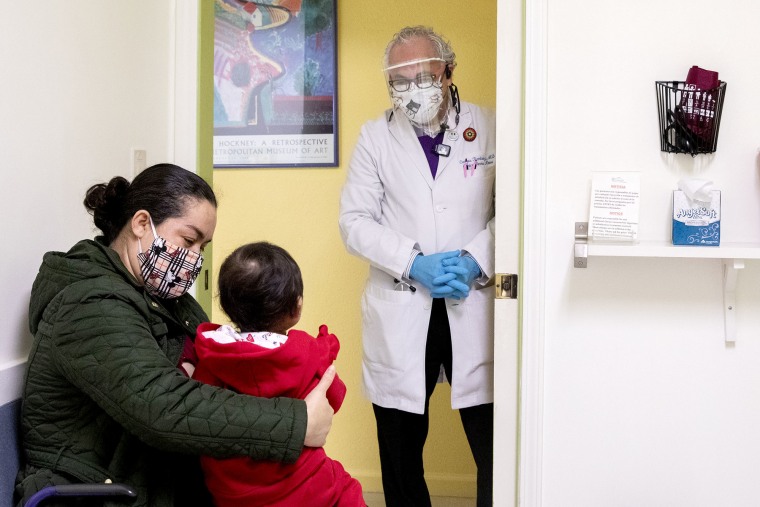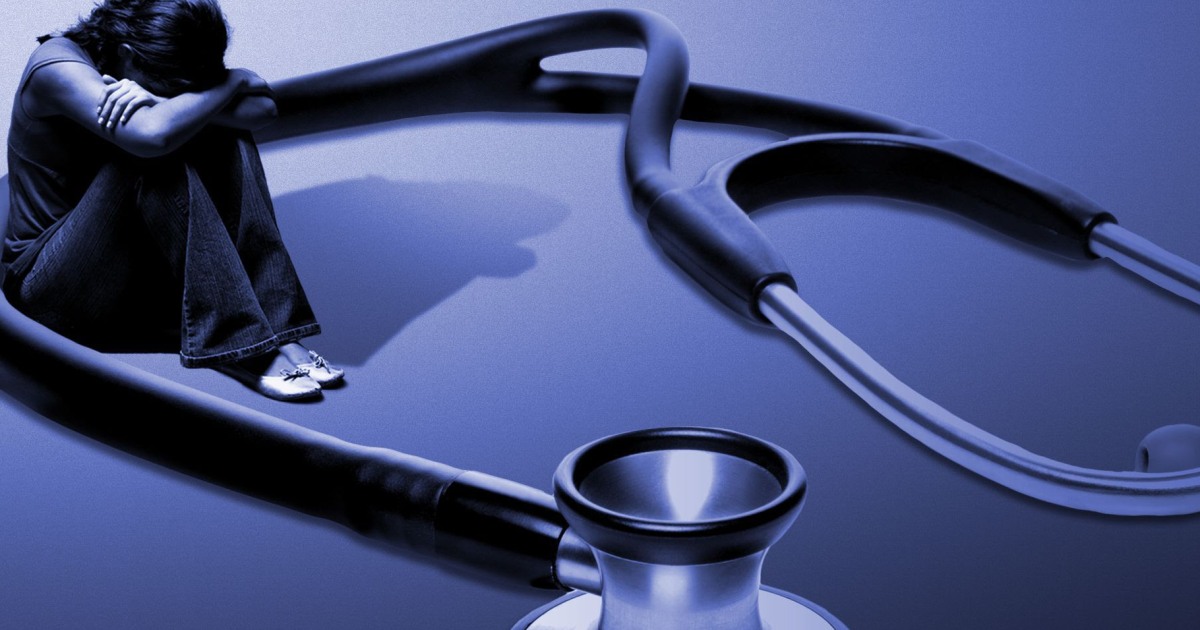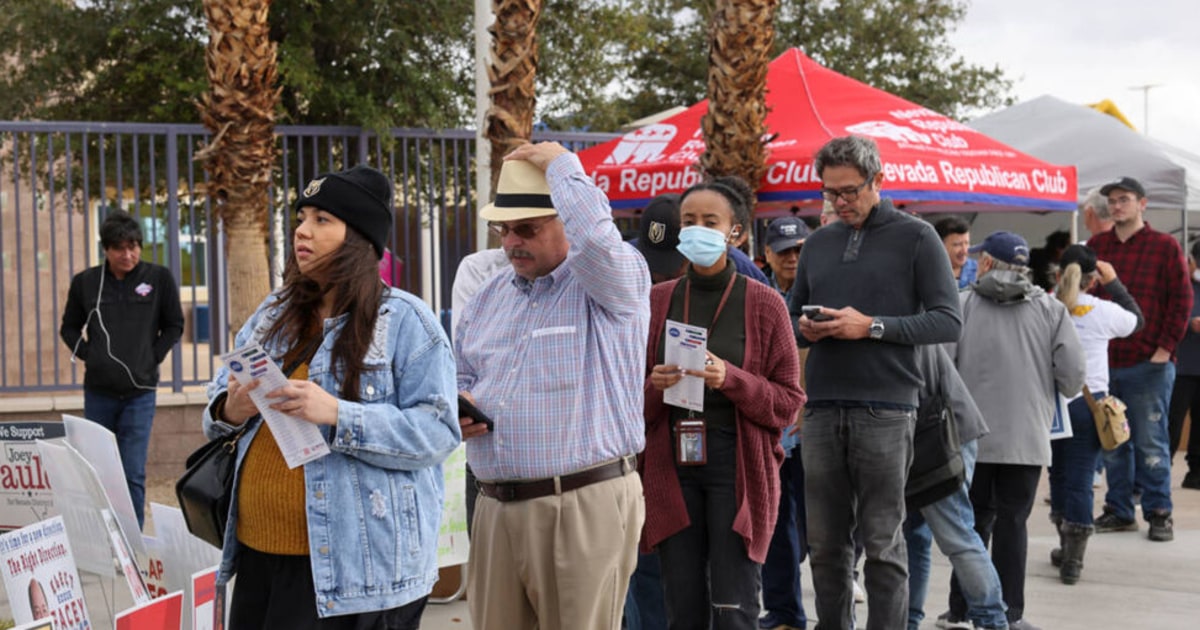Latino families have the highest rates of lack of health insurance in the United States.
There are almost two million children and four million Latino parents without coverage, according to Census data, due to multiple barriers such as language, immigration status and lack of sufficient income.
Lack of access to health care is undermining quality of life and life expectancy, which is especially worrying since Latinos have the highest rates of cancer of various types, chronic liver disease, diabetes, heart problems, and viral hepatitis.
Campaigns throughout the country seek to improve access to health and experts recommend that Hispanics seek advice on current options to obtain coverage.
“We have to start seeing insurance as an investment in the well-being of oneself and the family.
The benefits are not seen immediately, but in the long term,” Adriana Cadena, campaign director for health issues at the National Immigration Law Center, told Noticias Telemundo.
We consult a series of specialists, and these are some keys to unravel the complex insurance system and access medical care.
1. Where do I start?
Families can get their coverage in the US through private insurance plans offered by employers or sold on the Health Insurance Marketplace, or through low-budget public health plans.
A first step is to visit the HealthCare.gov page, where you can see what options you qualify for.
New law banning unexpected medical charges in the US goes into effect.
Dec. 30, 202100:28
If you are very confused or have doubts, you can contact a navigator who has the responsibility of offering you a health package that best suits you given your circumstances and the specific eligibility criteria of your state, says Gabriela Benazar Acosta, of the office of Communication and Media for Latinos from Planned Parenthood.
The organization recommends two services: Young Invisibles and Health Sherpa.
The Department of Health also has a help search engine for all states.
There are also organizations across the country that provide advice.
2. What do I do if I have few resources?
There is free or low-cost coverage for people with legal immigration status through Medicaid, Medicare, and the Children's Health Insurance Program (CHIP), which can be applied for year-round.
Eligibility varies from state to state.
There are also free or charity clinics throughout the country.
You can also buy a Marketplace health plan with savings, like tax credits to help pay monthly premiums, or lower copays, coinsurance, and deductibles.
Enrollment for 2022 has expired, but there is a special period to enroll for a life event like losing other coverage, getting married, or having a baby.
The policy can still be expensive for the family's income, but experts recommend making an evaluation of the cost-benefit over time.
"Someone might think 'it's going to cost me $300 or $500 a month and I don't know if I'm going to use it,'" says Cadena, "but that same person might have an accident a week later or have a disease that gets worse and charges at a hospital are 10 times what I would have paid.
[“People Are Dying for Prevention Issues”: How Lack of Insurance Affects Latino Adults]
States like California and New York also have low-cost local health plans and there are many online tools to see how to save and choose the best plan.
3. Are there options for immigrants?
Everyone, including undocumented immigrants, has the right to emergency health services from hospitals and community health centers, specialists point out.
These spaces must serve a person whether or not they have insurance, money or immigration documents.
The personal information you provide is kept private, and you do not have to share your immigration information to get help.
[There are millions of Latino parents without health insurance. "It's living with stress, with fear," says the mother of a child with cancer]
Dr. Carlos Ramirez greets Marlen Valencia, 38, of Fremont and her daughter Sara, 2, at the Terra Nova Clinic in the Fruitvale neighborhood of Oakland, California.
Ramírez treats only the uninsured, and most of his clients are undocumented and working poor. San Francisco Chronicle / Hearst Newspapers via Getty
There are also online search engines to find a community or immigrant health center and also for free or charity clinics.
Federally qualified clinics receive funds from the Government to serve low-income families.
At a minimum, in each large city or in each metropolitan area there is also a public hospital, which has care programs.
In these places you can treat chronic diseases and do preventive treatments.
“Undocumented people have practically no options in coverage.
And my experience is that their support is the community,” says Victoria Ruiz-Marin, a community organizer in the US Rocky Mountain region with Planned Parenthood.
She recommends seeking out local nonprofits with health advocacy funds and seeking reliable information from official sources and trusted groups.
4. Can public charge affect me?
Former President Donald Trump sowed fear and confusion with his new public charge rule, experts say, prompting many to forego health benefits.
"They made some changes that in the end were very small and did not affect the vast majority of people, but the details did not matter, it was the message that scared immigrant families," explained Laura Guerra-Cardus, director of State Strategy for Medicaid. in the association Center on Budget and Policy Priorities (CBPP), to Noticias Telemundo.
Trump's public charge rule was overturned by the Joe Biden government, which imposed a new, more restrictive regulation.
Nutrition and health programs are not considered in applications for a green card, except for long-term care (such as a nursing home) paid for by the Government.
Parents should also not be afraid to enroll their citizen children in programs like CHIP, since it will not affect their immigration procedures.
[This is how the public charge rule works: how it affects immigrants who receive aid]
Three out of four Latino families are unaware that Trump's 'public charge' rule was repealed
April 8, 202201:22
Ruiz-Marin adds another key fact: don't be afraid to go to the doctor.
"Immigration agents cannot carry out raids or arrest undocumented people in hospitals, unless they have a warrant signed by an immigration judge," she explains.
5. What else shouldn't I overlook?
A shared recommendation is to be encouraged to seek reliable information.
"The most important thing is not to be afraid to ask, investigate, call," says Cadena.
There are online guides to learn about health coverage, but also counselors or social workers at clinics, hospitals, and organizations.
Health plans are required by law to cover treatment for pre-existing medical conditions and other essential health benefits.
Workers also have the right not to choose the insurance provided by their employer and obtain one in the market, as well as to make changes to their plan in situations such as moving or the birth of a child.
It is also recommended to keep your information about your household size and income up to date because the policy may be affected.
If you've recently left your company, or are planning to do so, you also have options to make sure you keep your health insurance or get a new, low-budget one.









